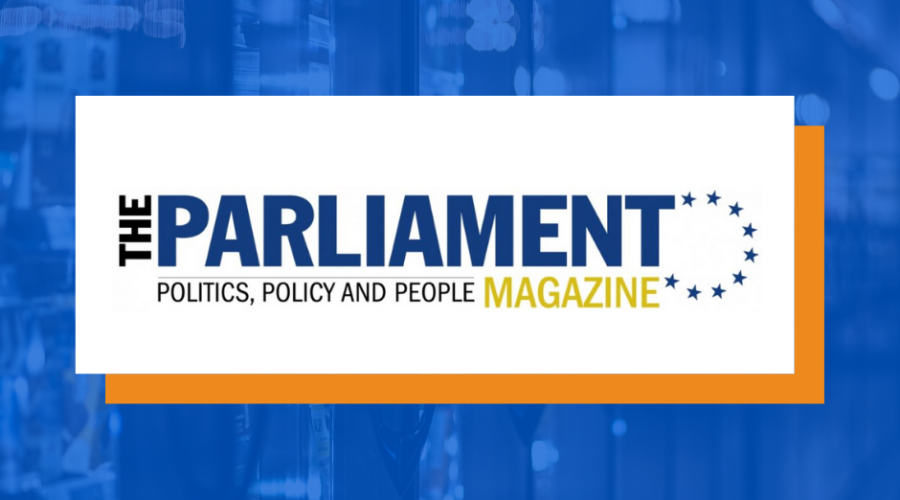Vaping is the gateway out of smoking
Recent trends framing e-cigarettes as a gateway to smoking do not stand up to scrutiny, write the Consumer Choice Center’s Maria Chaplia and World Vapers’ Alliance’s Michael Landl.
The innovative nature of vaping has contributed to its success and allowed it to quickly gain popularity among smokers. At the same time, because it is a novel technology, it has also been met with suspicion across the world – especially in the European Union.
Aside from targeting the harm-reduction nature of vaping, some of the recent criticism has also sought to frame vaping as a gateway to conventional smoking. However, that couldn’t be farther from the truth, and the longer the European Union continues to demonise vaping, the fewer smokers get a chance to switch to a safer and healthier alternative. We know enough about vaping to endorse it at EU level.
The newest Action on Smoking and Health (ASH) UK report states that “only 0.3 percent of never-smokers are current vapers (amounting to 2.9 percent of vapers)”. Therefore, a gateway effect to smoking is not reflected in the data and many studies show the opposite effect. For example, smoking rates in the UK – where public health authorities encourage vaping as a gateway out of smoking – are at an all-time low and there is no sign of vaping causing more smoking.
Moreover, countries that adopt harm reduction policies see better results in reducing smoking compared to more restrictive countries. One of the latter examples is Australia, which is very hostile to vaping. This hostility has consequences: the rate of decline of smoking rates is much slower compared to the United States or the UK which are more vaping friendly countries. Since 2013 when vaping became popular, the adult smoking rates have reduced significantly. In the UK, approximately 25 percent fewer people smoke today compared to 2013, while the US has seen a 24 percent reduction. For the same period, Australia saw a decline of only 8 percent.
“Recent trends framing e-cigarettes as a gateway to smoking do not stand up to scrutiny. E-cigarettes are a gateway out of smoking”
The correlation between the introduction and the popularity of vaping and declining smoking rates suggests that vaping is an important innovation to help people quit smoking. The 2018 US National Academies of Sciences, Engineering, and Medicine Report found that the smoking rate has decreased overall more rapidly since vaping became more prominent in the United States.
The landmark report on vaping’s potential to save lives was commissioned by Public Health England in 2015, providing evidence that vaping is 95 percent less harmful than combustible tobacco and has thus become a recommended means of quitting for smokers in the United Kingdom. France, Canada and New Zealand followed their lead.
It is important to keep in mind that demand for cigarettes per se is inelastic, and measures such as advertising bans, plain packaging, and taxes have not proved to be effective in reducing smoking rates. Vaping, on the contrary, serves as a viable alternative that provides smokers with an opportunity to reduce health-associated risks and eventually quit smoking.
The effectiveness of e-cigarettes as a smoking cessation tool is undeniable as it targets smokers as opposed to non-smokers. Recent trends framing e-cigarettes as a gateway to smoking do not stand up to scrutiny. E-cigarettes are a gateway out of smoking. Anti-vaping measures are disastrous and detrimental to the health of smokers for whom vaping has become a life-saving tool. Policymakers must reconsider their approach to vaping. Despite many voices seeking to undermine vaping as a gateway out of smoking, the evidence is sound: vaping saves lives.
Originally published here.









